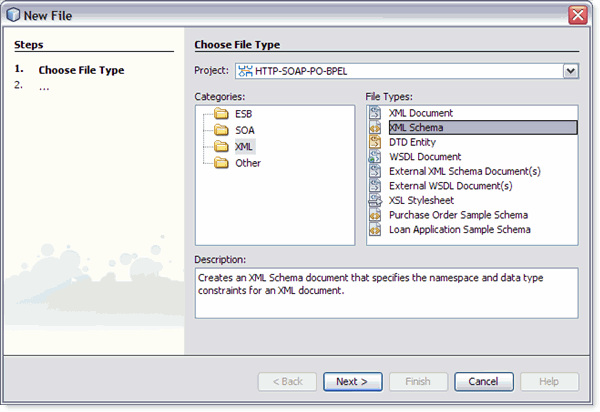How To Configure Your Netgear Router For Cable Internet Connection

Connect the power source for your Cable Modem and your WiFi Router. Turn on both devices. (You will know when the router is on and ready when the Power LED lights are amber and then turns white.) On the router device their should be a label that contains the preassigned WiFi login credentials (Username and Password). Aim of this article: This article describes the connection and setup process for Netgear routers on an Fibre Broadband service. Most Netgear routers work in a similar way; this guide can be used for the majority of their current models – however if you find the instructions do not apply to your Netgear router then check our setup instructions for older Netgear router models. A second (new) router that doesn't have wireless capability must be connected to the first (existing) router via an Ethernet cable. Plug one end of the cable into the new router's uplink port (sometimes labeled WAN or Internet). Plug the other end into any free port on the first router other than its uplink port.
Related Articles
- 1 Log In to a Comcast Modem
- 2 Change Your Linksys Router's Name
- 3 Deactivate the Proxy Server
- 4 Hide & Unhide the Taskbar
If you are having difficulties accessing the Internet through your router, you may need to modify settings in the router itself. Luckily, accessing the router settings does not rely on Internet access, but rather on a direct connection with the router. This connection can be through the router's wireless signal, but it is better to use an Ethernet cable in case you have to modify wireless settings.
1.Plug one end of an Ethernet cable into any of the numbered ports on the back of the router. Most routers have four ports, but is doesn't matter which number you use.
2.Plug the other end of the Ethernet cable into the Ethernet port on your computer. The Ethernet port looks like a large phone jack.
3.Open your browser and enter the router's IP address in the address field. Common IP addresses are '192.168.1.1' or '192.168.0.1.' If you cannot find your router's IP address, click 'Start,' type 'cmd' and press 'Enter.' Type 'ipconfig' in the Command Prompt window and press 'Enter.' Look for 'Default Gateway' to locate the IP address.
4.Enter the router's username and password in the login window. 'Admin' is the most common default username. 'Admin,' 'Password' or a blank password are the most common default passwords. If your router uses something different, it should be listed in the router's documentation.
Things Needed
- Ethernet cable
Tip
- If you cannot locate a changed username and password, press and hold the reset button on the back of the router. This will return all router settings to their defaults so that you can use the default username and password.
References (1)
Photo Credits
- Hemera Technologies/AbleStock.com/Getty Images
